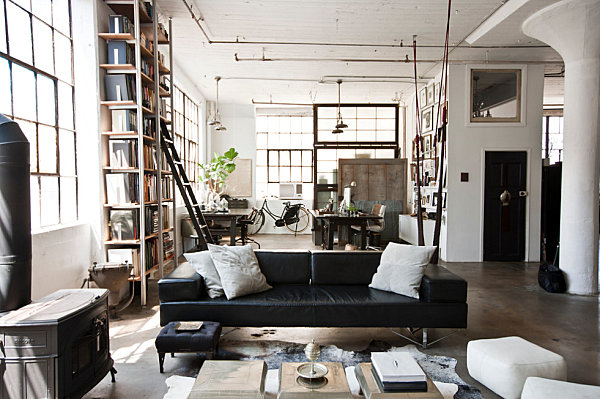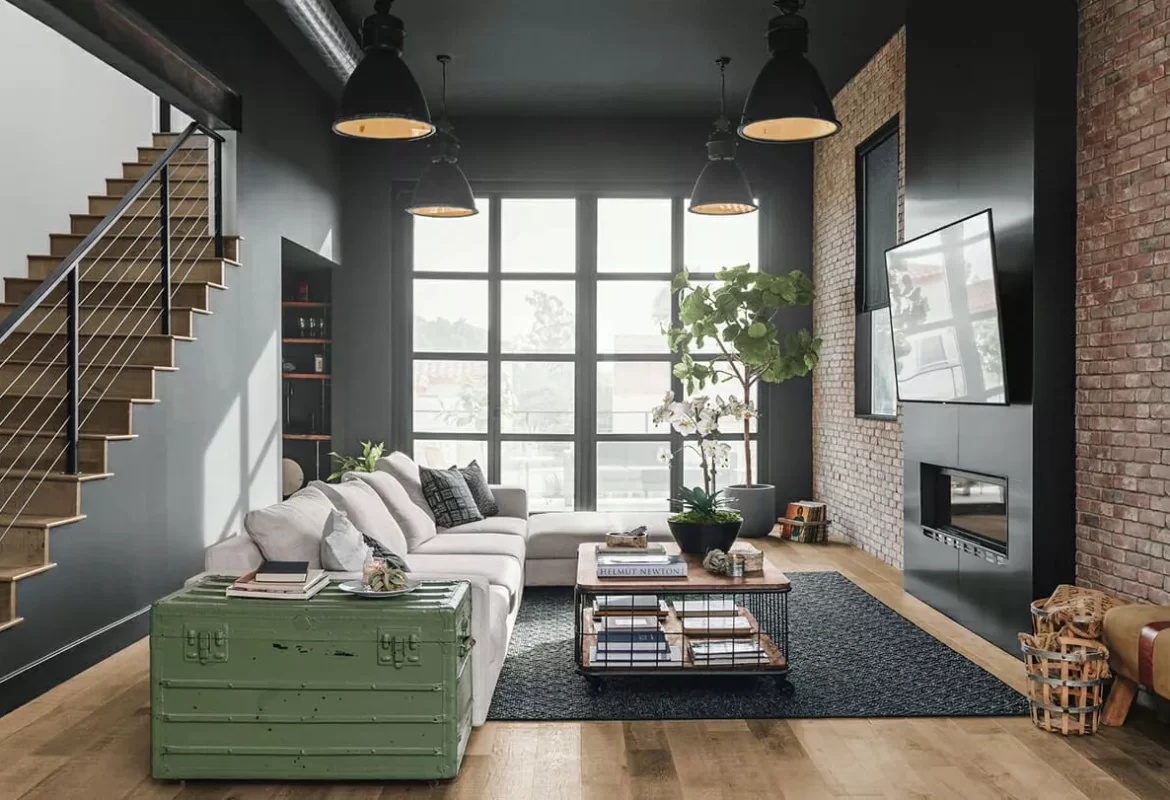What is an Interior Designer?
Are you a creative and meticulous problem-solver? Customers and an industrial interior design specialist collaborate to create beautiful spaces. Customers used the places, ranging from simple interior and exterior dwelling climates to waiting areas and luxurious mansions, and will range from landowners to significant corporations. Industrial design is designing and even arranging the interior spaces of home constructions. It creates architectural designs and furniture configurations and achieves a specific feel and style of space. The interior design includes the layout of furniture, fixtures, finishes, and the coordination of their installation.
The industrial home interior trend began in the United Kingdom and the United States in the 1970s. Old buildings and industries were being turned into homes, resulting in the style being integrated into homes. Nonetheless, various forms of industrialized interior intricate designs can be found in modern residences.

Unfinished uncovered brick walls, stark concrete surfaces, and stark wooden surfaces are hallmarks of the modern interior design aesthetic. You may achieve the same look by adding exposed pipes or ductwork.
Choose lighting that complements an industrial design room’s raw, factory feeling to capture the design’s spirit adequately. Hanging Incandescent lights, metal chandeliers, sculpted LED fixtures, and work lamps, for example, are perfect for such an industrial look. An extended version is a common feature of industrial-style furniture. It also adds to the industrial vibe of the home. As a result, designers usually propose dividing different portions of the home with screens and even furniture like closets. Hong Kong interior design is to create pleasant, helpful, and safe spaces while also addressing the needs of its clientele.
How do they create different designs?
Designers can create a wide range of spaces using home furnishings, color schemes, ornaments, and practical décor, from beautiful yet functional lounge areas to workplaces where people can work. Artwork, lighting, window treatments, and flooring must work together to create a cohesive look that fulfills the client’s requirements.
Corporate designers attempt to strike a mix between technological and practical workspaces and include original product components. They work with many different contexts, from small businesses to major companies. The most important goal is to create a space and an office that is more efficient and positive.
